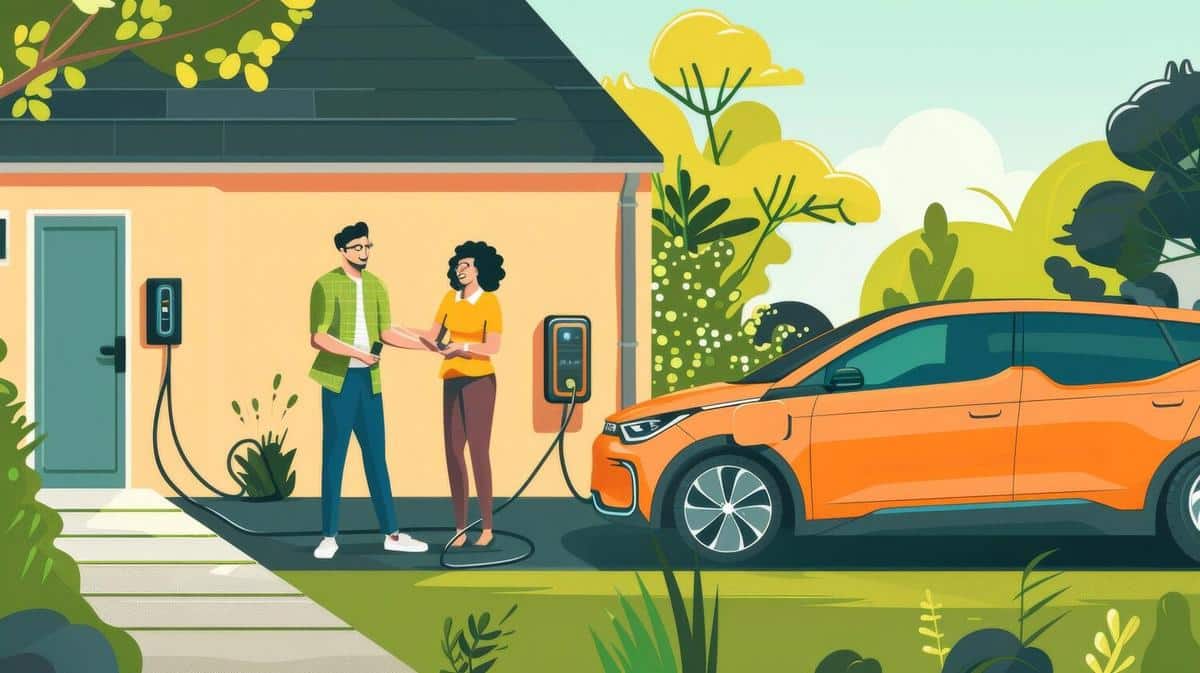
Electric Vehicles: Technology Advancements and Market Trends
The rise of electric vehicles (EVs) symbolizes a transformative shift in both transportation and energy consumption. As technology evolves, the automotive industry is witnessing remarkable advancements that are reshaping market dynamics and consumer preferences.
Technological Advancements in Electric Vehicles
Electric vehicles have come a long way from being a niche market to becoming a mainstream option for consumers worldwide. The advancements in battery technology, charging infrastructure, and vehicle design have significantly contributed to this growth.
Battery Technology
One of the most critical components of an EV is its battery. Recent improvements have led to increased energy density, allowing for longer ranges and shorter charging times. According to a report from the International Energy Agency, battery costs have decreased by over 80% in the last decade, making EVs more affordable for the average consumer.
Charging Infrastructure
The expansion of charging networks plays a vital role in the adoption of electric vehicles. Many countries are investing in fast-charging stations to reduce the time it takes to recharge an EV, thus addressing one of the primary concerns of potential buyers.
Vehicle Design and Performance
Modern electric vehicles are designed to offer not just efficiency but also performance. With instant torque and smooth acceleration, EVs provide a driving experience that rivals traditional combustion engines.
Market Trends and Consumer Adoption
The market for electric vehicles is expanding rapidly, driven by environmental concerns and government incentives. In Europe, EV sales have surged, accounting for nearly 10% of total car sales in 2020, according to the European Automobile Manufacturers Association.
Consumer Preferences
Consumers are increasingly prioritizing sustainability, and EVs represent a cleaner alternative to gasoline-powered vehicles. Moreover, the availability of various models, from compact cars to luxury SUVs, caters to diverse consumer needs.
Government Incentives
Many governments offer incentives such as tax credits, rebates, and exemptions from tolls to encourage the purchase of EVs. These policies are instrumental in reducing the initial cost barrier for consumers.
Comparing EV Models
| Model | Range (miles) | Charge Time (hrs) | Price ($) |
|---|---|---|---|
| Model X | 350 | 1.5 | 80,000 |
| Model Y | 300 | 1.2 | 60,000 |
| Model Z | 250 | 1.0 | 50,000 |
| Model A | 220 | 0.8 | 40,000 |
| Model B | 200 | 0.7 | 35,000 |
| Model C | 180 | 0.6 | 30,000 |
| Model D | 160 | 0.5 | 25,000 |
| Model E | 140 | 0.4 | 20,000 |
Frequently Asked Questions
How far can electric vehicles travel on a single charge?
The range of an EV depends on the model and battery capacity. Many modern EVs offer ranges over 300 miles on a single charge.
Are electric vehicles more expensive to maintain?
Electric vehicles generally have lower maintenance costs than traditional cars due to fewer moving parts and no need for oil changes.
What are the environmental benefits of driving an EV?
Driving an EV reduces greenhouse gas emissions and decreases dependency on fossil fuels, contributing to a cleaner environment.
Conclusion
Electric vehicles are not just a trend but a significant component of the future of transportation. With ongoing advancements in technology and supportive market trends, the adoption of EVs is set to accelerate. As consumers become more environmentally conscious, the demand for sustainable transportation options will continue to rise, making electric vehicles an attractive choice for many.